Ah, boondocking—the final frontier of camping, where you’re the captain of your ship, or rather, your RV. You’ve traded the concrete jungle for the real one, and life’s never felt so liberating.
But wait, what’s that? Your freshwater tank is running low, and the nearest refill station is miles away. Suddenly, you’re not just a happy camper; you’re a contestant on “Survivor: RV Edition.”
Key Takeaway:
To conserve water while boondocking, prioritize efficient use of sinks and showers. Consider recycling greywater for non-potable uses. Regularly inspect your water systems for leaks. Adopt water-saving technologies and behavioral changes to maximize sustainability.
Understanding Water Sources
Before you can be a water-saving wizard, you need to know where your H2O is coming from. RVs usually have freshwater tanks, but you might rely on natural sources or water jugs if you’re tent camping. Understanding the pros and cons of each source can help you make an informed decision.
| Source | Pros | Cons |
|---|---|---|
| Freshwater Tanks | Reliable, easy to monitor | Limited Capacity, needs refilling |
| Natural Sources | Abundant, free | Quality Varies, may require filtration |
| Water Jugs | Portable, good for short trips | Heavy to Carry, limited supply |
Water Conservation in RVs
Efficient Use of Sinks and Showers
You don’t need a waterfall to wash your hands or take a shower. A simple aerator on your faucet can do wonders. Aerators mix air with the flow of water, reducing the amount used while maintaining pressure. If your faucet is leaking, here’s a beginner’s guide to fixing a leaky RV kitchen faucet handle.
Reusing Greywater in RVs
Greywater from your sink can be used to flush your toilet or water plants. It’s not rocket science; it’s just smart living. You can install a greywater recycling system that diverts this water for other uses, significantly extending your water supply.
Leak Prevention in RVs
A small leak can lead to a big problem. Regular checks can save you gallons. Make it a habit to inspect all water connections and fixtures before and after each trip. If you find a leak, address it immediately to prevent water wastage.
Table of Average Water Usage in an RV
| Item/Activity | Average Water Usage (Gallons) |
|---|---|
| Shower | 2-5 per minute |
| Faucet (Kitchen Sink) | 1-2 per minute |
| Faucet (Bathroom Sink) | 0.5-1.5 per minute |
| Toilet Flush | 0.5-1 per flush |
| Dishwashing | 2-4 per session |
| Cooking | 1-3 per meal |
| Drinking Water | 0.5 per person per day |
| Hand Washing | 0.2-0.5 per wash |
Note: The approximate figures vary based on individual usage and specific equipment.
Water Conservation in Tents
Portable Showers and Water Containers
When tent camping, portable showers and water containers are your best friends. Opt for solar showers with a low flow rate to conserve water. These showers use the sun’s energy to heat water, and their low flow rate ensures minimal wastage.
Cooking with Minimal Water
One-pot meals are your go-to when water is scarce. They require less water for cooking and even less for cleaning. Consider meals like stews, casseroles, and stir-fries that can be cooked in a single pot.
General Tips for All Campers
Planning and Preparation
Before heading out, calculate your water needs based on the number of people and days you’ll be camping. Make a list of all the activities requiring water and plan accordingly.
Emergency Water Supplies
Always carry extra water for emergencies. Whether it’s for medical needs or an unexpected delay, having a backup can be a lifesaver. Store this water separately from your regular supply to avoid accidental use.
Behavioral Changes for Water Conservation
Small behavioral changes can have a big impact on water conservation. For example, using a sponge instead of running water to clean dishes can save gallons over a trip. Similarly, brushing your teeth with a cup of water instead of a running tap can make a difference. When practiced consistently, these small changes can lead to significant water savings.
Monitoring and Measuring
Keeping track of your water usage can be an eye-opener. Some modern RVs come with digital water gauges that provide real-time data on water consumption. Manually tracking your usage can also be beneficial if you’re tent camping. Use a notebook or a mobile app to log water usage for different activities. This data can help you adjust behaviors and plan better for future trips.
Tech Gadgets for Water Conservation
In today’s world, technology isn’t just about making life easier; it’s also about making it more sustainable. When it comes to conserving water while boondocking, a few gadgets can go a long way in helping you manage this precious resource.
Water-saving Showerheads
One of the most straightforward upgrades you can make is to your showerhead. Invest in low-flow showerheads that come with a ‘pause’ button. This allows you to stop the water flow while you’re soaping up and then resume it to rinse off, saving gallons throughout your trip.
Foot-Operated Water Pumps
Sometimes, the best solutions are the simplest ones. Foot-operated water pumps allow you to control water flow more precisely, reducing wastage while washing dishes or cooking. It’s a hands-free operation, freeing you to multitask or simply enjoy the view.
Water Level Indicators
Knowledge is power; when you know exactly how much water you have left, you can make more informed decisions. Install water level indicators to keep track of water usage in your RV’s tank or your portable water containers. These indicators range from simple gauge meters to more advanced digital monitors that send alerts to your smartphone.
By incorporating these tech gadgets into your water conservation strategy, you’re making your boondocking experience more efficient and contributing to a more sustainable future for everyone. So go ahead, embrace the tech, and make every drop count.
Mopeka Pro Check Water Sensor (Amazon)
Behavioral Changes for Water Conservation
While gadgets and gizmos are fantastic, the most effective water conservation tool is still good old-fashioned human behavior. A few simple changes in your daily routine can have a significant impact on how much water you use.
| Habit Change | Freshwater Tanks (Gallons Saved) |
|---|---|
| Mindful Dishwashing | 3-5 |
| Strategic Showering | 10-15 |
| Toothbrush Tactics | 1-2 |
| Cooking Conservation | 2-4 |
| The Bucket Method | 5-8 |
Mindful Dishwashing
Instead of letting the water run while you scrub your dishes, fill a basin with water and use it for both washing and rinsing. This technique can save several gallons of water each time you do the dishes.
Strategic Showering
We all love a good shower, but when water is scarce, it’s time to get strategic. Wet your body, turn off the water, soap up, and then turn the water back on to rinse. This “navy shower” technique can save up to 95% of the water used in a regular shower.
Toothbrush Tactics
Believe it or not, you can save up to 4 gallons of water just by turning off the tap while brushing your teeth. Use a cup to rinse your mouth and brush, and you’ll be doing both your teeth and the planet a favor.
Cooking Conservation
When cooking, use as little water as possible. For example, steam vegetables instead of boiling them, and use the remaining water for soups or stocks. It’s culinary multitasking at its finest.
The Bucket Method
Place a bucket under the shower or sink while waiting for the water to heat up. You can use this “wasted” water for flushing the toilet or watering plants.
By adopting these behavioral changes, you’re taking a proactive approach to water conservation. It’s a win-win situation: you save water, and Mother Nature gives you an extra nod of approval.
Before You Leave: A Parting Gift of Wisdom!
Boondocking offers an unparalleled sense of freedom, but it also demands a heightened sense of responsibility, especially when it comes to water conservation. Whether you’re in an RV or a tent, the strategies outlined in this guide aim to help you make every drop count. From understanding your water sources to making behavioral changes, each step brings you closer to becoming a water conservation pro.
By mastering these techniques, you’ll make your adventures more sustainable and contribute to preserving the natural environment for future generations. So the next time you head out into the wild, remember: every drop counts, and the responsibility to conserve starts with you.


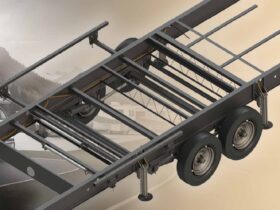
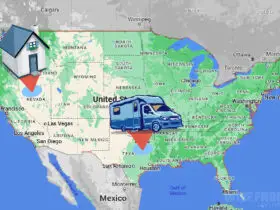
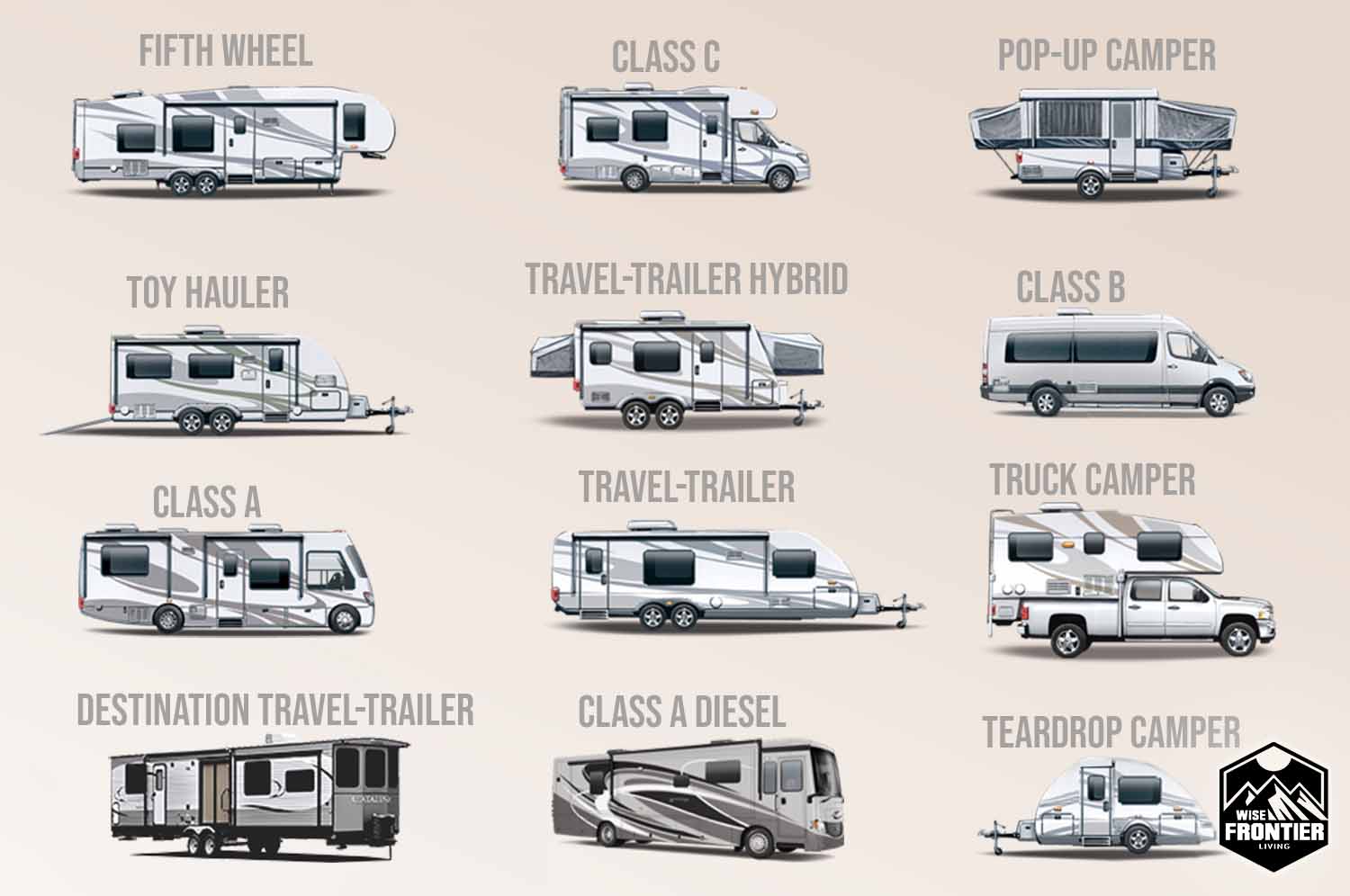

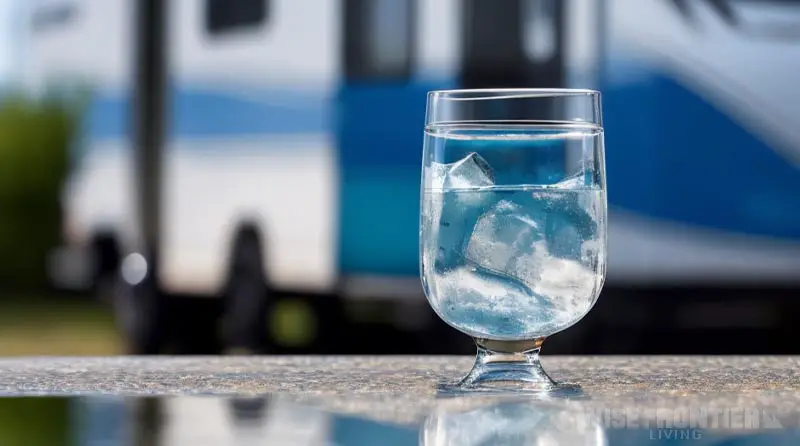
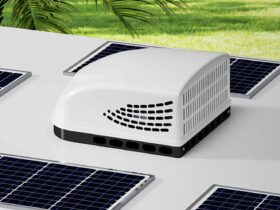
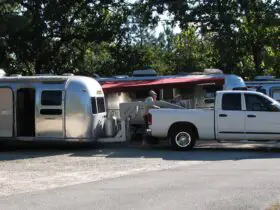
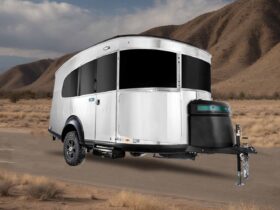
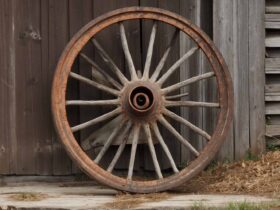
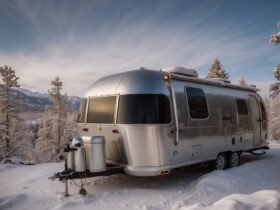
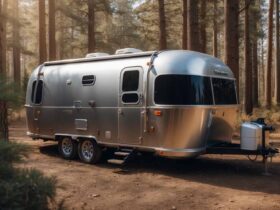
Leave a Reply